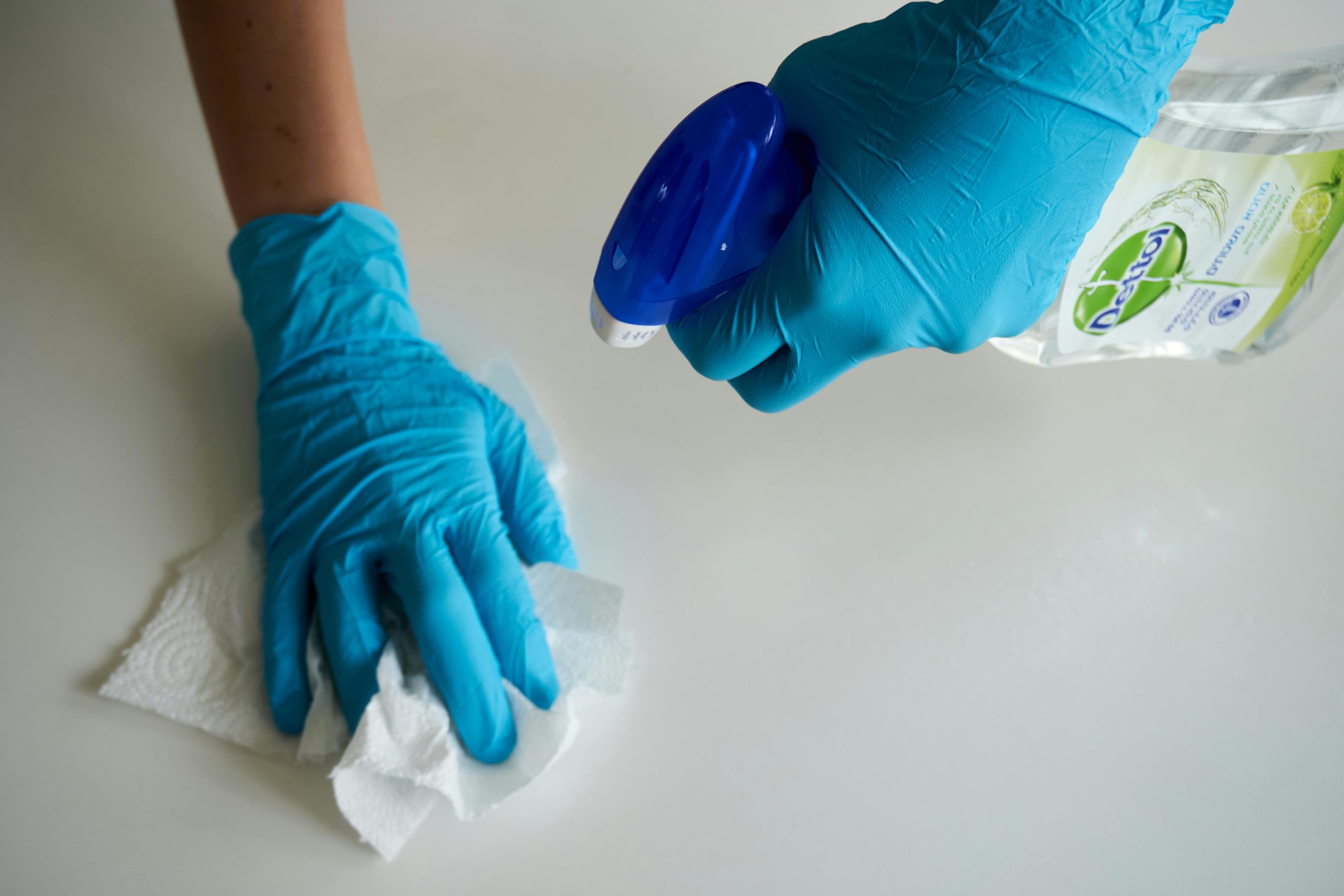
Cleaning is a task that everyone undertakes, yet it’s often surrounded by myths and misconceptions. While some cleaning methods are passed down through generations, not all of them are effective. Understanding the science behind cleaning can help us identify why certain methods fail and how we can improve our cleaning routines.
In this article, we’ll explore the scientific principles that underpin effective cleaning and debunk some common myths that might be holding you back from achieving a truly clean home.
Understanding The Basics Of Cleaning
At its core, cleaning is about removing dirt, germs, and other unwanted substances from surfaces. This process involves four key components: time, action, chemical, and temperature, often referred to as the TACT model.
Each component plays a crucial role in the effectiveness of cleaning:
- Time: Allowing cleaning agents enough time to work is essential. Many people make the mistake of wiping away cleaners too quickly, not giving them enough time to break down dirt and germs.
- Action: Physical action, such as scrubbing or wiping, helps dislodge dirt and grime. The effectiveness of this action depends on the type of surface and the cleaning tool used.
- Chemical: The choice of cleaning agent is critical. Different chemicals are designed to tackle specific types of dirt and stains. Using the wrong cleaner can lead to ineffective results.
- Temperature: Heat can enhance the effectiveness of cleaning agents by increasing the chemical reaction rate. However, not all surfaces can withstand high temperatures, so it’s important to use heat appropriately.
Common Cleaning Myths Debunked
Now that we understand the basic principles of cleaning, let’s look at some common myths and why they fail from a scientific perspective.
Myth 1: Vinegar Cleans Everything
Vinegar is often touted as a miracle cleaner, but it’s not a one-size-fits-all solution.
While vinegar is effective at cutting through grease and removing mineral deposits, it’s not a disinfectant. Vinegar’s acidity can kill some bacteria, but it’s not effective against all pathogens, especially viruses.
For disinfecting surfaces, it’s better to use products specifically designed to kill germs, such as bleach or alcohol-based cleaners.
Myth 2: More Detergent Means Cleaner Clothes
Using more detergent than recommended doesn’t necessarily result in cleaner clothes. In fact, excess detergent can leave residue on fabrics, making them feel stiff and attracting more dirt.
The science behind this is simple: detergents work by breaking down and suspending dirt in water, but too much detergent can overwhelm the rinse cycle, leaving soap behind. Always follow the manufacturer’s instructions for the best results.
Myth 3: Newspaper Is The Best For Cleaning Windows
While using newspaper to clean windows was popular in the past, it’s not the best method today. Modern newspapers often use soy-based inks that can leave streaks on glass. Additionally, the paper itself can disintegrate when wet, leaving behind fibres.
A better alternative is to use a microfibre cloth, which is designed to trap dirt and leave surfaces streak-free.
Myth 4: Bleach Is The Ultimate Cleaner
Bleach is a powerful disinfectant, but it’s not a cleaner. It doesn’t remove dirt or grime; it only sanitises surfaces. For effective cleaning, surfaces should first be cleaned with soap or detergent to remove dirt, and then disinfected with bleach if necessary.
Moreover, bleach can be harmful to certain surfaces and fabrics, so it should be used with caution.
Myth 5: Hot Water Cleans Better
While hot water can enhance the cleaning power of detergents, it’s not always the best choice. Some stains, like blood or protein-based stains, can set in with hot water, making them harder to remove.
Additionally, hot water can damage delicate fabrics and surfaces. It’s important to consider the type of stain and material before deciding on the water temperature.
The Role Of pH In Cleaning
The pH level of a cleaning solution can significantly impact its effectiveness. Cleaning agents are typically categorised as acidic, neutral, or alkaline:
- Acidic Cleaners: These are effective at removing mineral deposits, rust, and soap scum. Vinegar and lemon juice are common acidic cleaners.
- Neutral Cleaners: These are gentle and safe for most surfaces, making them ideal for everyday cleaning.
- Alkaline Cleaners: These are great for cutting through grease and organic stains. Baking soda and ammonia are examples of alkaline cleaners.
Understanding the pH of a cleaner can help you choose the right product for the job, ensuring better results.
Taking A Scientific Approach
Cleaning is both an art and a science. By understanding the scientific principles behind effective cleaning, we can debunk common myths and improve our cleaning routines. Remember the TACT model, choose the right cleaning agents, and be mindful of the pH levels to achieve a truly clean and healthy home.
With these insights, you’ll be better equipped to tackle any cleaning challenge with confidence and efficiency!
